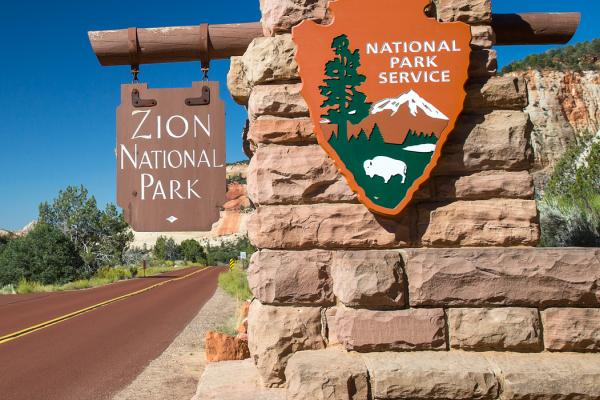As a Christian, I find it profound to worship a God who revels in the knowledge that the diversity of creation is very good. Beginning in the book of Genesis, we learn of a Creator who finds joy in difference – distinguishing land from water, forming a variety of plants and creatures, and calling forth humans. On public lands, God nourishes a vibrant diversity of life.
Parks and monuments tell our nation’s stories and shape our collective memory. Our national parks, forests, monuments, and wildlife areas are where we learn, play, and pray. We treasure these places of beauty that reveal the wonders of our Creator. And today, on the centennial celebration of the National Park Service, we must pass on their spiritual and cultural significance from generation to generation.
Unfortunately, many people in the U.S. do not yet find their stories reflected or protected in our system of national public lands. While there are plenty of sites that honor military leaders or white historical figures like Abraham Lincoln and Thomas Edison, there are far fewer sites that honor Native American, African-American, Latino, Asian-Pacific Islander, or women’s history.
The natural and cultural heritage preserved in our public lands is something we should all treasure, but our nation’s racist history of forced removal of people from land, confinement to reservations, segregation, and unfair or forced labor practices has left a painful legacy. National parks should not just be for wealthy families, or places to glorify only one aspect of our nation’s cultural heritage. These places belong to all God’s people and to all of God’s creation.
Jesus challenges social conventions in his encounters with people who were considered low class or outcasts. He showed us that all people are endowed with God-given dignity, regardless of gender, class, culture, or ethnicity. Too many people do not think public lands are about them or for them. It is important that all God’s people can learn about and take pride in their heritage – and find their stories reflected in the system of parks and monuments that tell our collective story as a nation.
In Alaska, for example, the Native Alaskan Gwich’in people are asking for permanent protection of the Arctic National Wildlife Refuge, an area that they call “the sacred place where life begins.” It is a place with astounding biodiversity, as well as deep cultural and spiritual meaning. Yet, year after year, the Gwich’in people have to mobilize to prevent oil drilling in their ancestral land, which is managed by the federal government as a wildlife refuge. Creation Justice Ministries is actively working with religious communities to stand with the Gwich’in people to protect it.
Another example is in southeast Utah, where a coalition of five Native American tribes are calling on President Obama to stop the grave robbing, looting, and vandalism that is desecrating their ancestral land in a 1.9 million-acre area known as Bears Ears. More than 100,000 antiquities are in Bears Ears, including grave sites, ancient cliff dwellings, and petroglyphs. Yet, in the entire 1.9 million acres of federally managed public lands, only one security guard is there to protect the treasures therein. A poll found that 71 percent of Utah voters support a national monument designation to protect these existing public lands. The proposal also enjoys robust support from top religious leaders, who have called on President Obama to follow the recommendation of the Bears Ears Inter-Tribal Coalition to make a Bears Ears national monument.
Permanently protecting the Arctic National Wildlife Refuge and designating the proposed Bears Ears national monument are just two specific recommendations for how the federal protection of lands can be more inclusive of people of color. We want the next 100 years of the National Park Service, as well as other land management agencies, to respect, reflect, and engage the fullness of our nation’s diversity.
It is both possible and necessary to embrace the gift of diversity. Without such an embrace, our public lands could fade into irrelevance.
Got something to say about what you're reading? We value your feedback!

